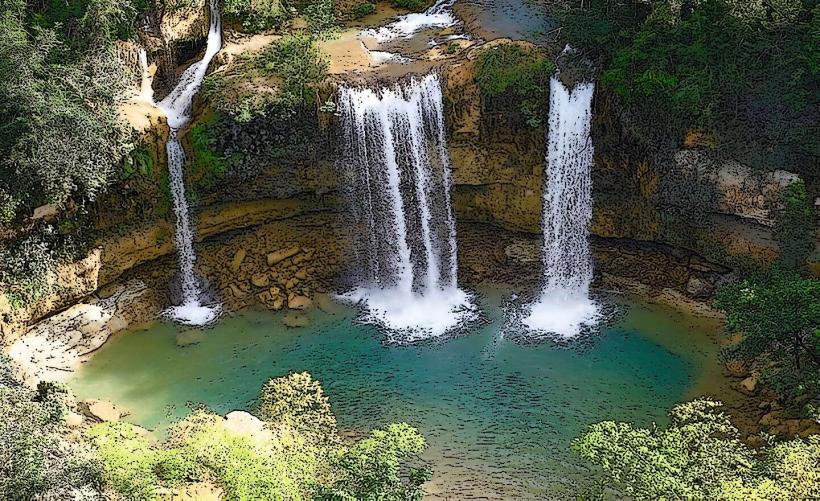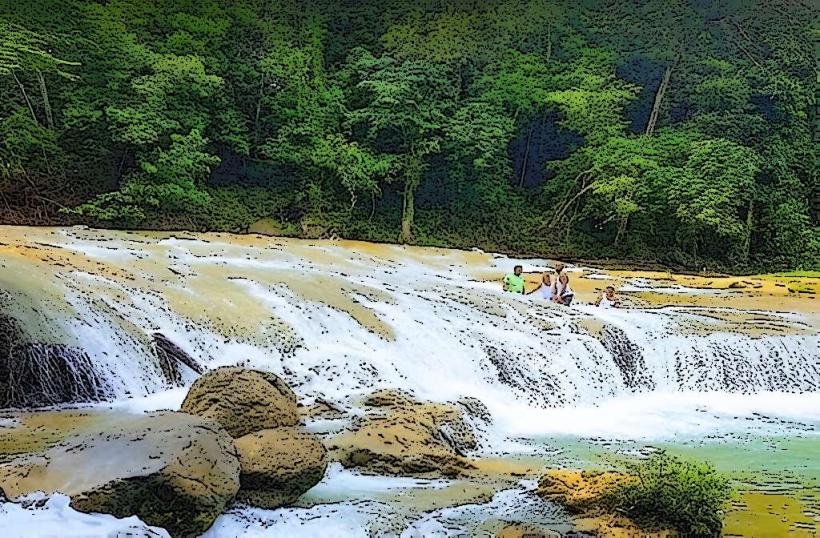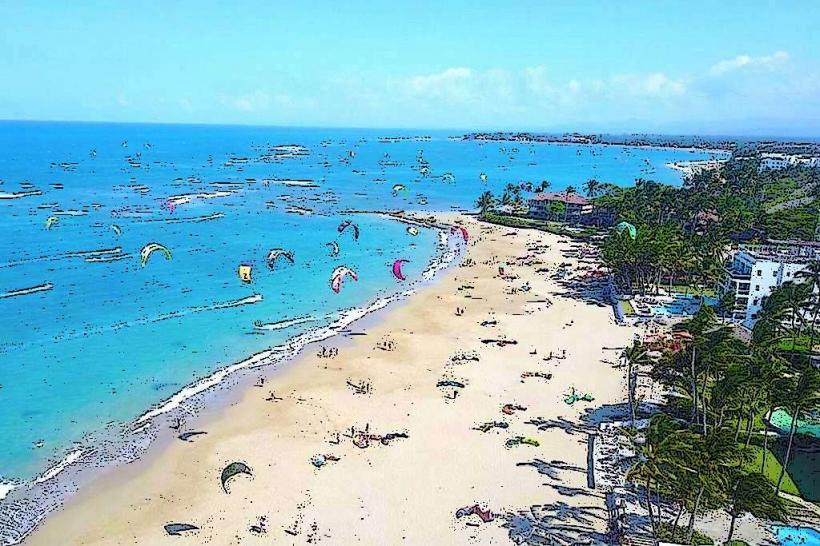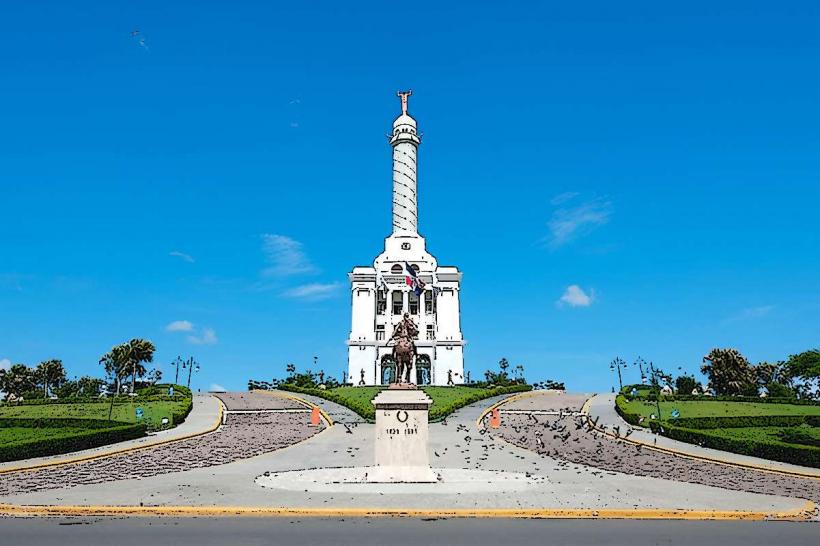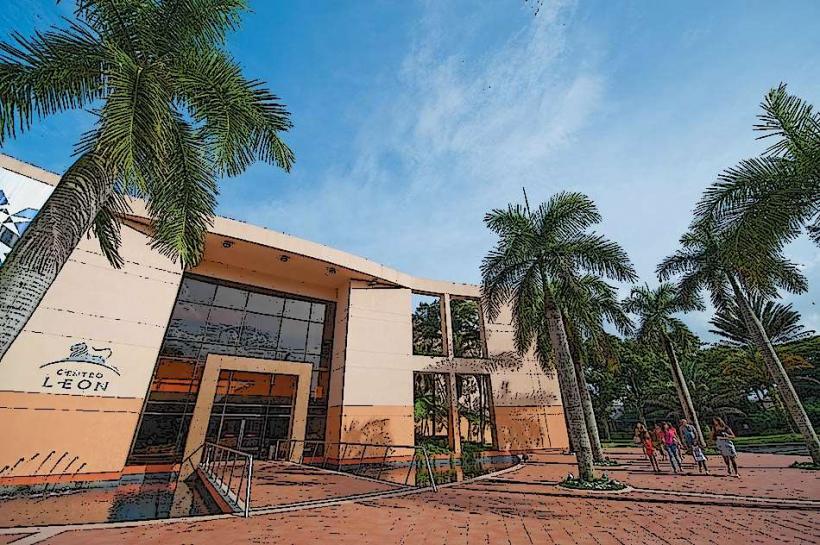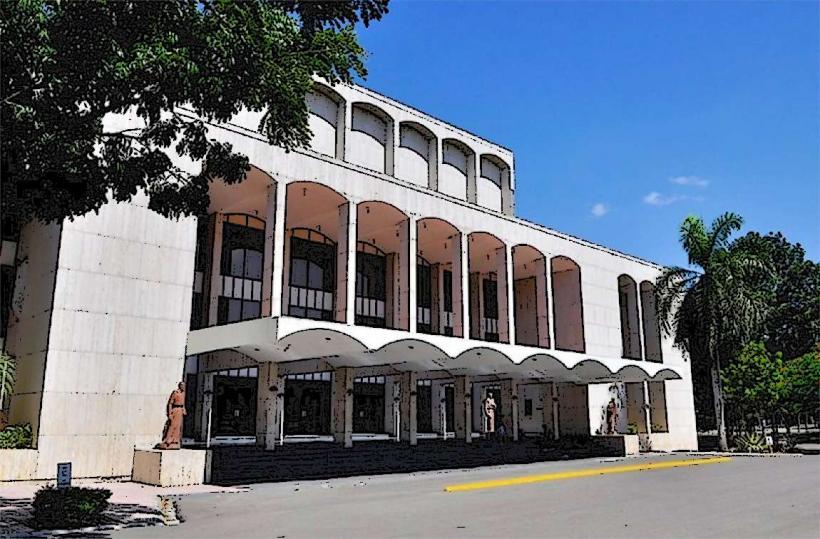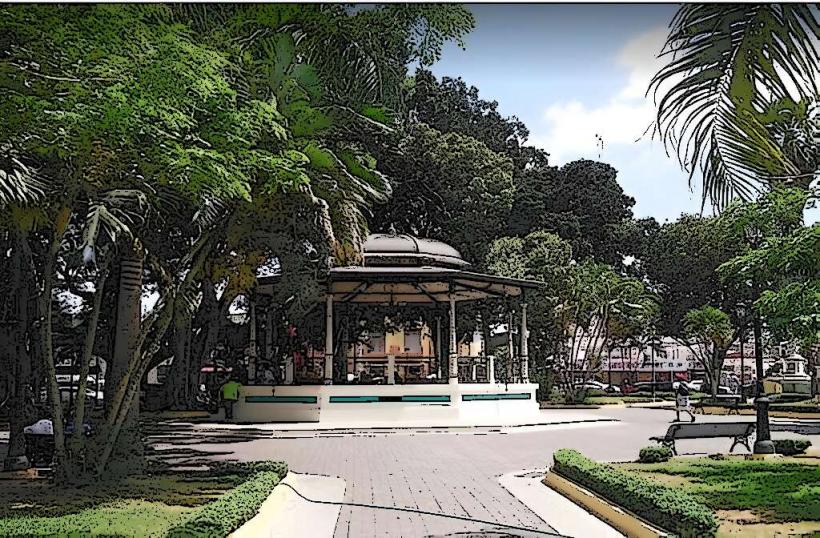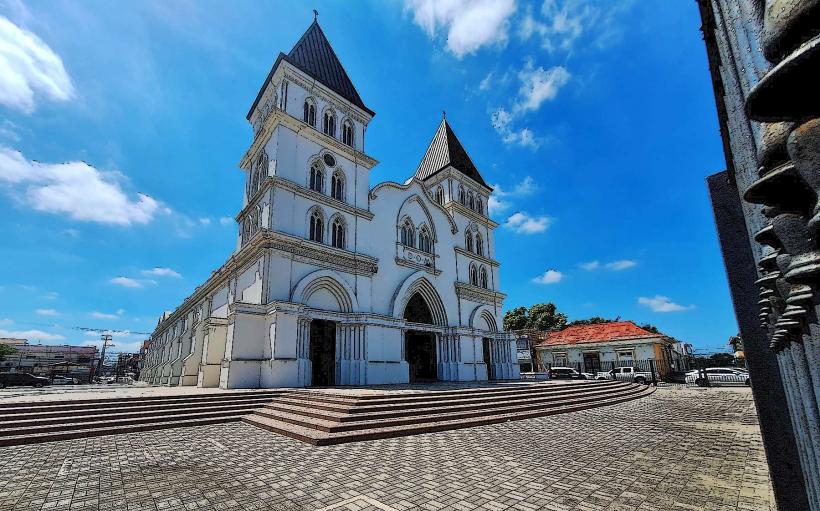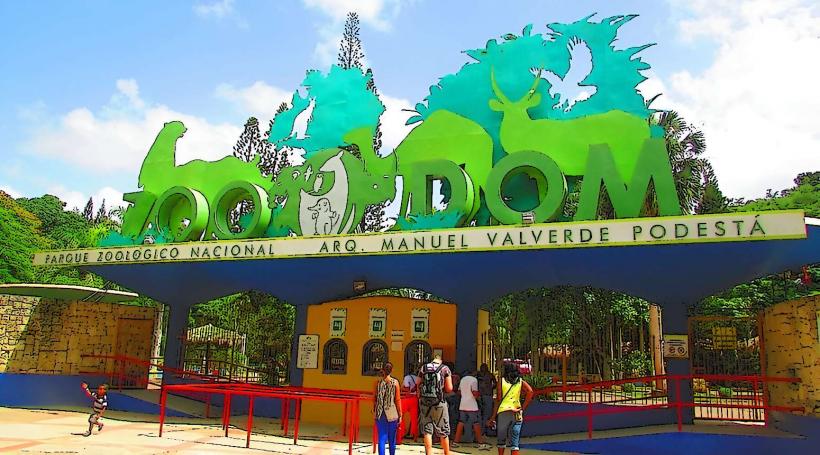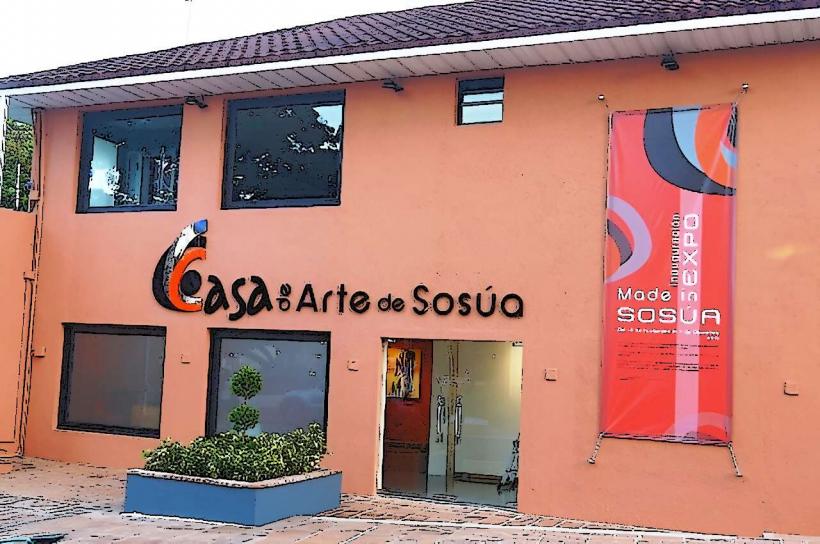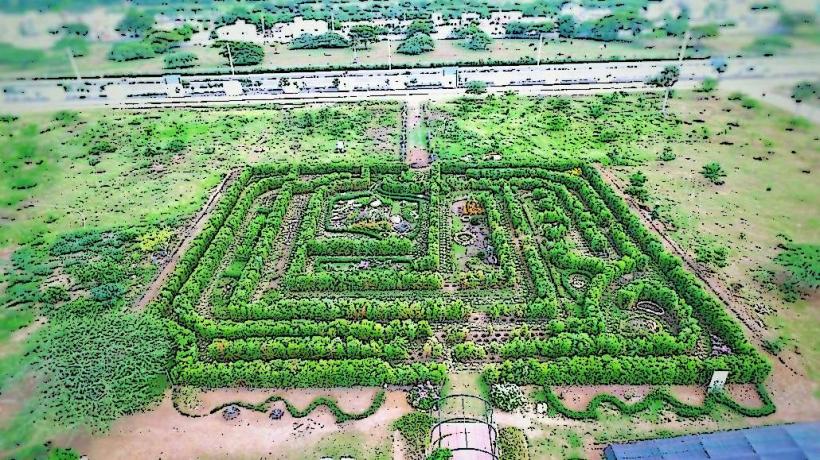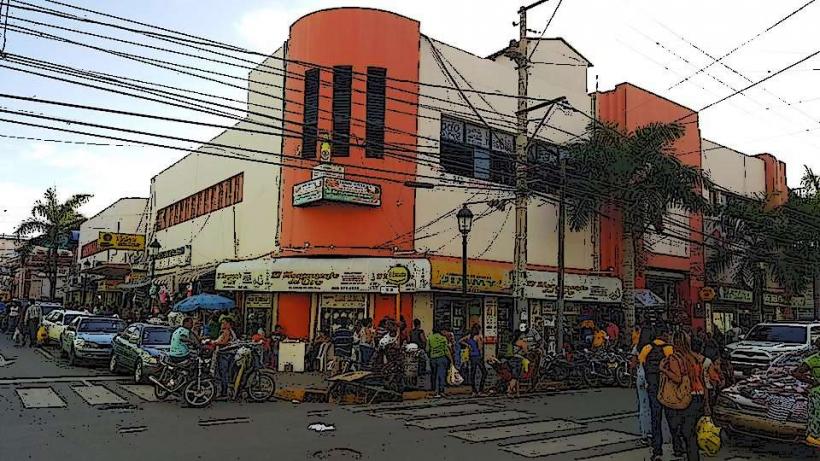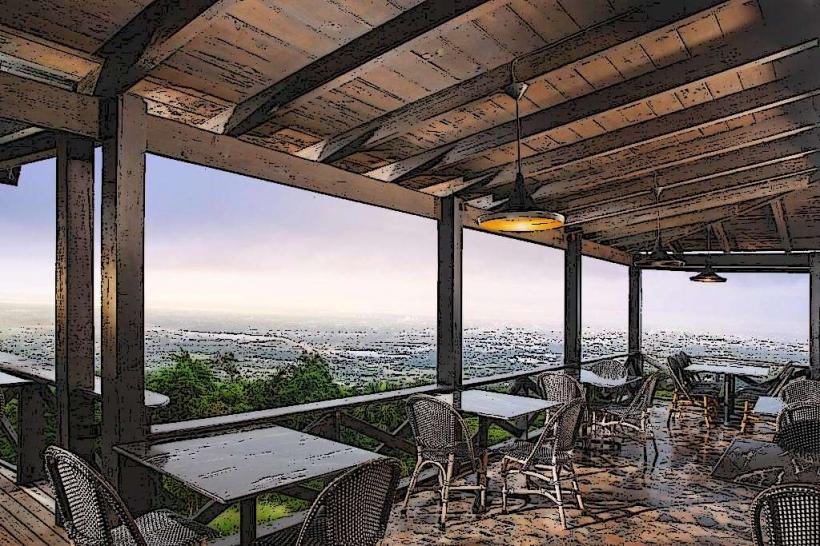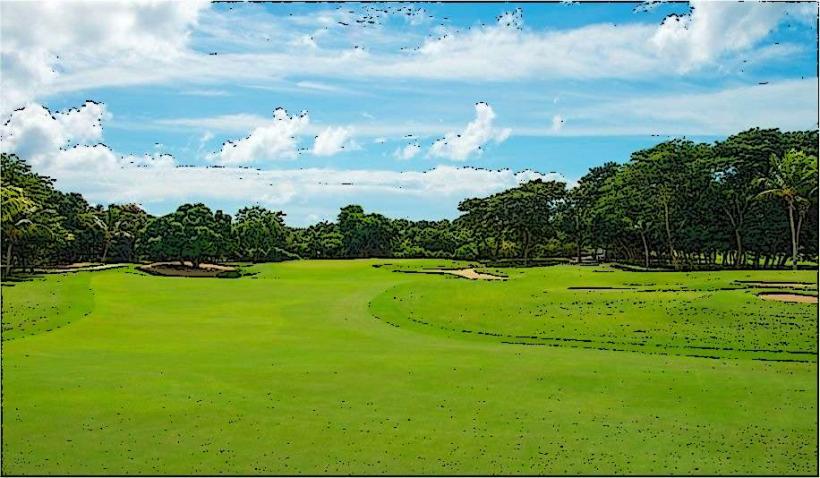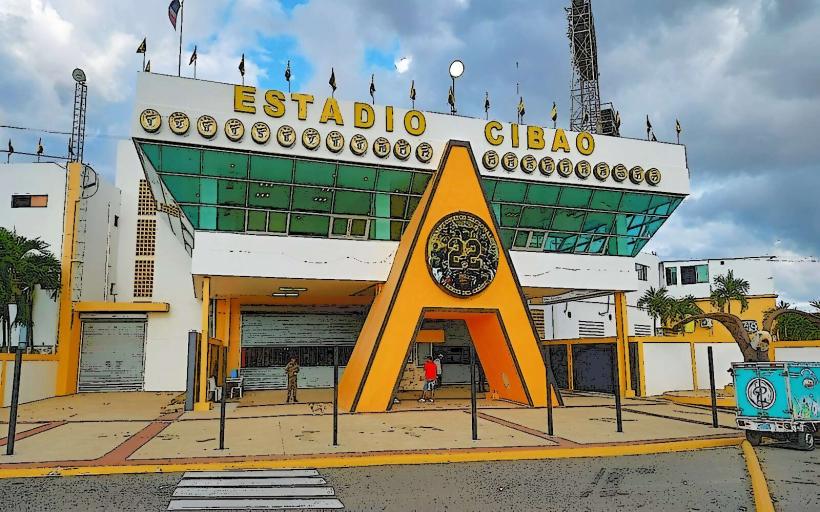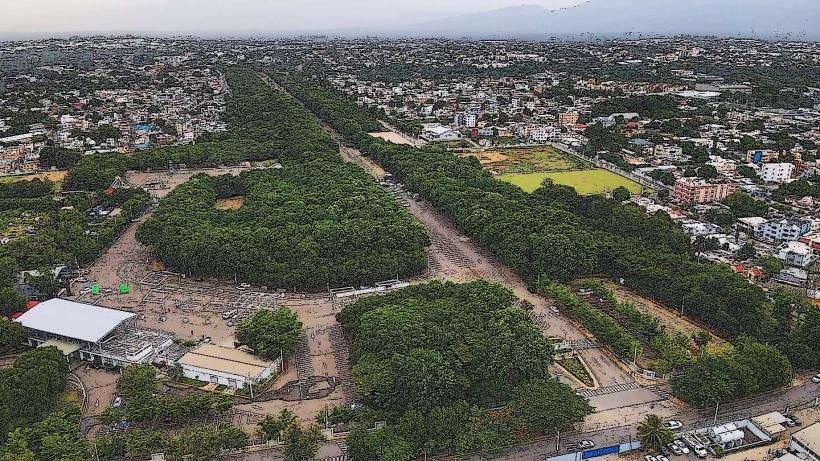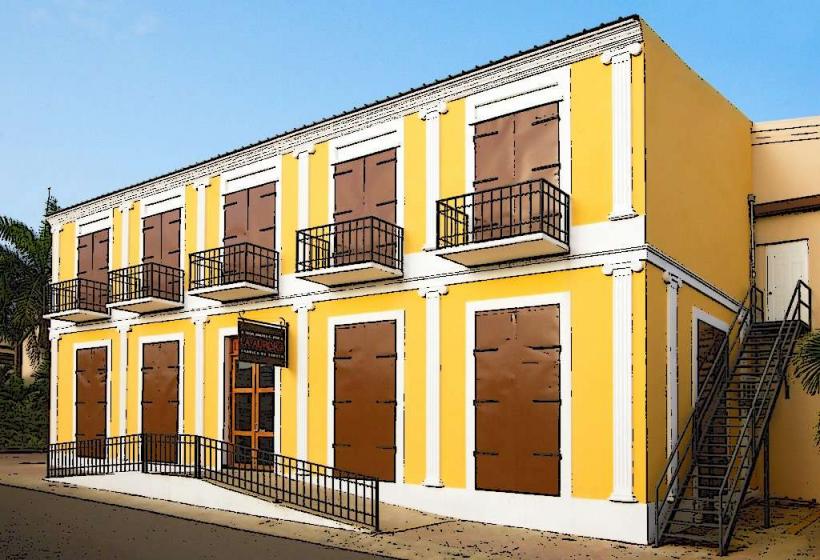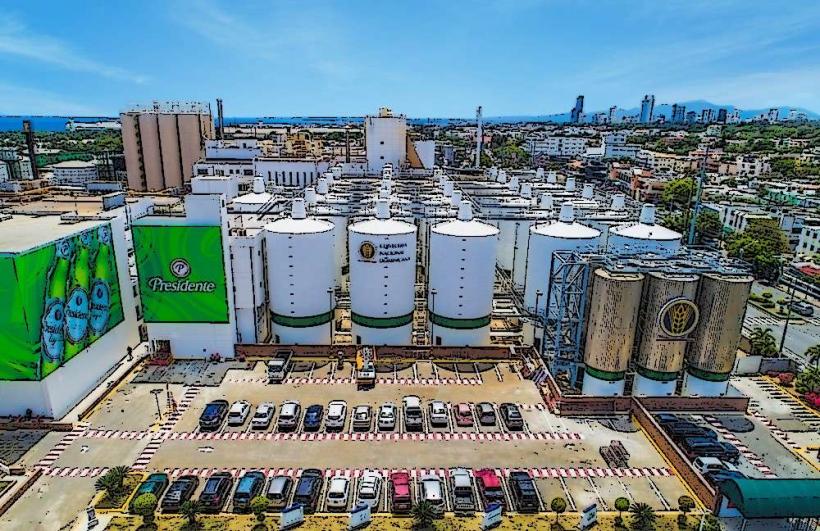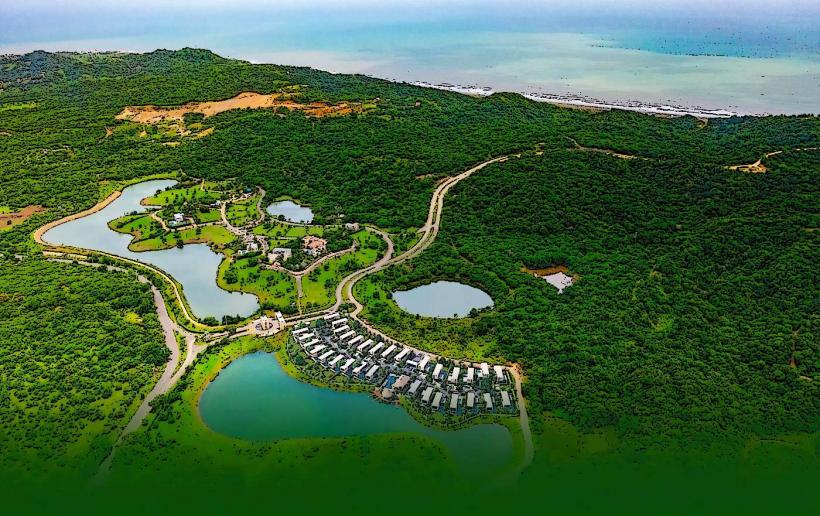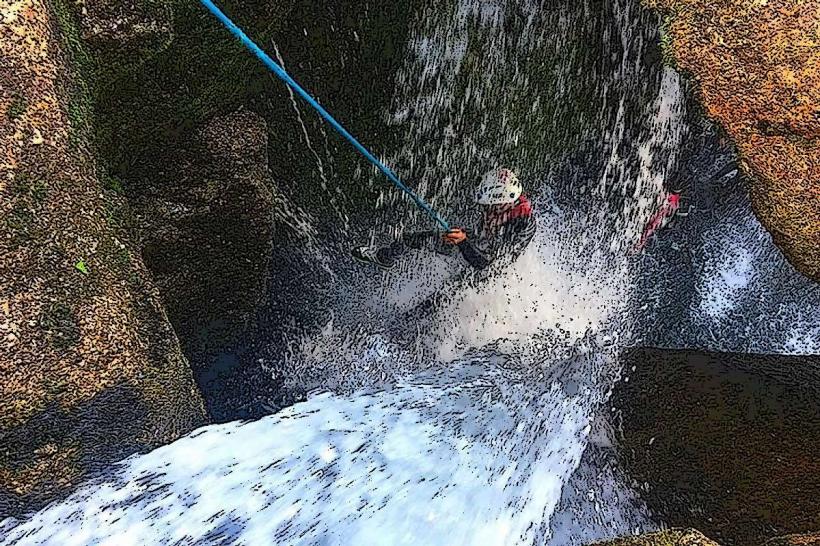Information
Landmark: Fortaleza San LuisCity: Santiago de los Caballeros
Country: Dominican Republic
Continent: North America
The Fortaleza San Luis is a historic fortress located in Santiago de los Caballeros, Dominican Republic. Situated on the banks of the Yaque del Norte River, it is a symbol of the city’s colonial and military history, as well as a popular destination for those interested in Dominican heritage.
Historical Background
- Construction: Fortaleza San Luis was originally built in the late 17th century during the colonial period as a strategic military outpost to protect Santiago and the surrounding Cibao Valley from attacks by foreign invaders and pirates.
- Military Role: Over the years, the fortress served various military purposes, including as a defense point during conflicts such as the Dominican War of Independence (1844) and the Restoration War (1863–1865).
- Prison: At different times, the fortress also functioned as a prison, housing both common criminals and political prisoners.
Architectural Features
- Design: The fortress has a traditional colonial military design, with thick stone walls, watchtowers, and a commanding view of the Yaque del Norte River.
- Main Structures:
- Watchtowers: Located at key points along the walls, these provided soldiers with views of approaching enemies.
- Barracks: Rooms where soldiers lived and stored supplies.
- Prison Cells: Small, dark cells used to detain prisoners during its time as a penal facility.
- Cannons and Artillery: Some original weaponry, including cannons, remains on display.
- Surrounding Area: The fortress is surrounded by landscaped gardens, walkways, and open spaces used for events and gatherings.
Fortress Museum
Today, Fortaleza San Luis has been transformed into a cultural and historical museum, offering insights into the region’s history and the role of the fortress.
Exhibits and Displays
- Colonial History: Artifacts from the colonial era, including weapons, maps, and military uniforms.
- Restoration War: Displays highlighting the role of the fortress during the fight to regain independence from Spanish annexation.
- Cultural Artifacts: Exhibits showcasing traditional Dominican crafts, tools, and everyday items from the past.
- Prison History: Information on its use as a detention center, including stories of notable prisoners.
Cultural and Community Role
- Historical Preservation: Fortaleza San Luis is an essential part of Santiago’s efforts to preserve its colonial and military history.
- Educational Programs: The site hosts workshops, lectures, and guided tours for schools and community groups to educate the public about Dominican history.
- Events and Festivals: The fortress grounds are often used for cultural events, art exhibitions, and musical performances, adding a modern community function to its historical significance.
Visitor Experience
- Guided Tours: Knowledgeable guides provide detailed explanations of the fortress's history and significance, enhancing the visitor experience.
- Panoramic Views: The elevated location offers stunning views of the Yaque del Norte River and Santiago’s skyline.
- Interactive Displays: Some exhibits feature interactive elements, such as hands-on demonstrations of historical tools and weapons.
Location and Accessibility
- Address: Located near the Yaque del Norte River in Santiago’s historic center.
- Transportation: Easily accessible by car, taxi, or on foot from central Santiago landmarks like the Monument to the Heroes of the Restoration and Parque Duarte.
- Operating Hours: Open during the day for museum visits and tours. Hours may vary for special events.
- Admission: Entry fees are modest, with discounts available for students and groups.
Significance
- National Pride: The fortress stands as a testament to Dominican resilience and the country’s struggle for independence and sovereignty.
- Cultural Legacy: Its transformation into a museum ensures that future generations can learn about the region’s rich history.
Conclusion
The Fortaleza San Luis is a must-visit destination for history enthusiasts, offering a glimpse into Santiago’s colonial past and its role in shaping the Dominican Republic. Its blend of historical preservation, cultural engagement, and scenic beauty makes it a treasured landmark in Santiago de los Caballeros.

